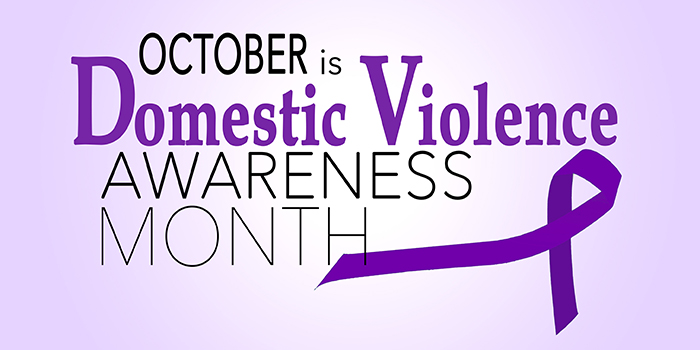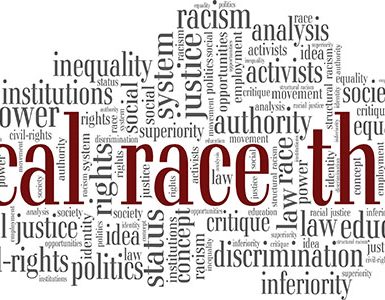It’s ironic that National Domestic Violence Awareness Month doesn’t draw the same attention that its other high-profile October occupants – Breast Cancer Awareness and Hispanic Heritage. There are no parades, marathons, or celebrations that bring attention to this tragedy. Campaigns to wear purple ribbons or attire to designate oneself as a domestic violence survivor are rarely publicized. Much like households that have to endure this tragedy every day, Domestic Violence Awareness Month is hidden in plain sight.

Survivors of domestic violence will carry those physical and emotional scars for life. That’s if they are lucky enough to survive the experience. The DC Coalition Against Domestic Violence reports that:
- 1 in 4 women will experience domestic violence at some point during their lifetime.
- 1 in 6 men will experience domestic violence.
- DV happens at the same rates if not slightly higher in same-sex relationships.
The U.S. Department of Justice estimates that 1.3 million women and 835,000 men are victims of physical violence by a partner every year.
Every 9 seconds, a woman in the U.S. is beaten or assaulted by a current or ex-significant other.
1 in 4 men are victims of some form of physical violence by an intimate partner.
The National Center Against Domestic Violence (NCADV) outlines the traits and warning signs of an abuser. A few are listed below. Go to the NCADV site for the full list.
What Traits Do Abusers Have in Common?
There is no one typical, detectable personality of an abuser. However, they do often display common characteristics.
- An abuser often denies the existence or minimizes the seriousness of the violence and its effect on the victim and other family members.
- An abuser objectifies the victim and often sees them as their property or sexual objects.
- An abuser has low self-esteem and feels powerless and ineffective in the world. He or she may appear successful, but internally, they feel inadequate.
- An abuser externalizes the causes of their behavior. They blame their violence on circumstances such as stress, their partner’s behavior, a “bad day,” on alcohol, drugs, or other factors.
- An abuser may be pleasant and charming between periods of violence and is often seen as a “nice person” to others outside the relationship.
What Are the “Warning Signs” of an Abuser?
Red flags and warning signs of an abuser include but are not limited to:
- Extreme jealousy
- Possessiveness
- Unpredictability
- A bad temper
- Cruelty to animals
- Verbal abuse
- Antiquated beliefs about roles of women and men in relationships
- Abuse of other family members, children or pets
- Control of what the victim wears and how they act
Abusive relationships create collateral damage when children are involved. This collateral damage may manifest itself as the children develop relationships as adults. The Domestic Violence Roundtable writes that:
“Most experts believe that children who are raised in abusive homes learn that violence is an effective way to resolve conflicts and problems. They may replicate the violence they witnessed as children in their teen and adult relationships and parenting experiences. Boys who witness their mothers’ abuse are more likely to batter their female partners as adults than boys raised in nonviolent homes. For girls, adolescence may result in the belief that threats and violence are the norm in relationships.”
If you are a victim of domestic violence – find help and a way out as safely as possible! If you are a survivor – congratulations, hold your head up high, and do whatever it takes to educate others and break the cycle.
- National Domestic Violence Hotline, 1-800-799-SAFE (7233), 1-800-787-3224 (TTY), Advocates are also available to chat 24/7
- House of Ruth: 24-hour hotline, shelter, and counseling for battered women and their children (202) 667-7001
- My Sister’s Place: 24-hour hotline, shelter, and counseling for battered women and their children (202) 529-5991
- Other resources can be found on the MPD Domestic Violence Resources website
Click here for a list of Domestic Violence Awareness Events to the end of the year.
2017 Domestic Violence Statistical Snapshot (DC Coalition Against Domestic Violence)
[gview file=”https://thedcvoice.com/wp-content/uploads/2019/10/2017-DCCADV-Statistical-Snapshot.pdf”]


















Add comment